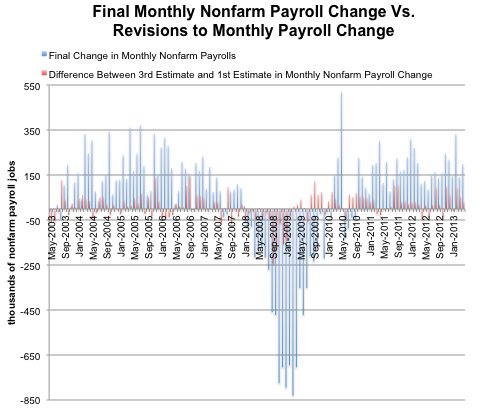Pandora said it had $157.4 million in revenue for the quarter ending in July, up 55 percent from the same period a year ago.
The ad revenue Pandora collects from mobile devices, where the majority of its 71.2 million active users do their listening, has also shot up quickly. It made $116 million from these ads in the quarter, up 92 percent from a year ago. At that time the company was charging $22.17 for every 1,000 listening hours served to mobile devices, but last quarter that rose to a high of $33.90.
“Ninety-two percent growth on mobile growth to $116 million is pretty much crushing it,” Joseph J. Kennedy, the company’s chief, said in an interview after Pandora announced its earnings.
Pandora also reported a success in another closely watched figure: its “content acquisition” costs, which include royalties to music companies. For the quarter, it paid $81.9 million, or 52 percent of its revenue, on these costs, its lowest ratio in almost two years.
Since bottoming out in November, the company’s stock price has increased more than 200 percent, and some analysts have recently given Pandora optimistic reviews. But the imminent arrival of Apple’s own radio feature and Pandora’s growing expenses continue to worry investors.
Pandora’s stock closed at $21.71 on Thursday, up 1 percent for the day, but it fell more than 6 percent in after-hours trading.
In a conference call with journalists and investors, Pandora announced that it had recently spent $8 million on “a broad patent portfolio” from Yahoo.
Pandora also announced a policy change that may encourage more use of the service. On Sept. 1, it will drop the 40-hour monthly limit for free listening on mobile devices, which it instituted in March as part of an effort to reduce royalty expenses.

This article has been revised to reflect the following correction:
Correction: August 22, 2013
An earlier version of this article misstated the unit for which Pandora charged $22.17. It is every 1,000 listening hours, not every 1,000 ads.
Article source: http://www.nytimes.com/2013/08/23/business/media/ad-revenue-from-mobile-for-pandora-increases.html?partner=rss&emc=rss




